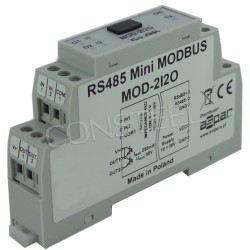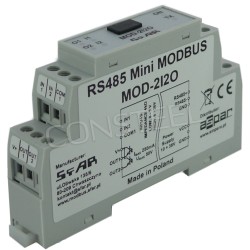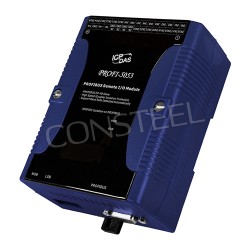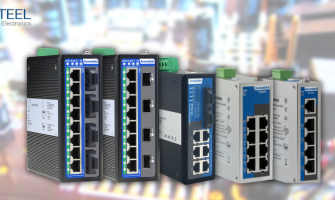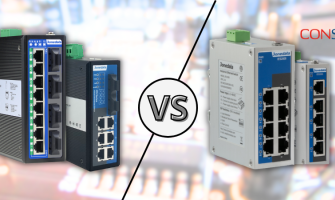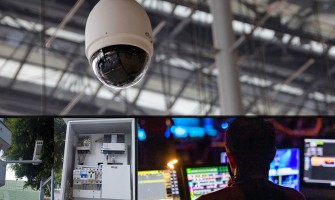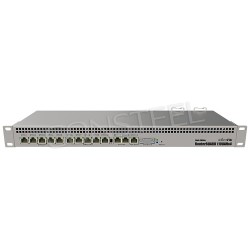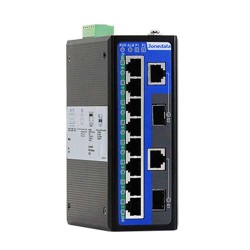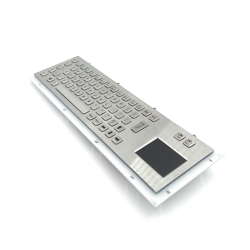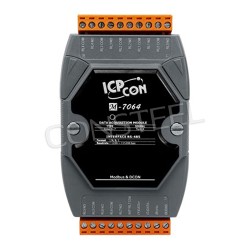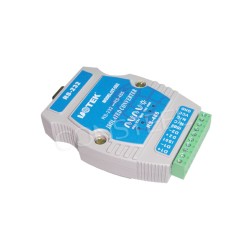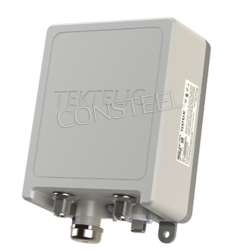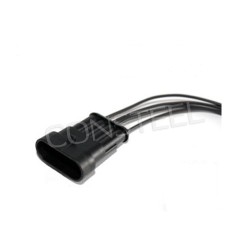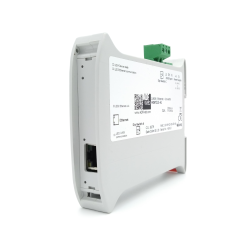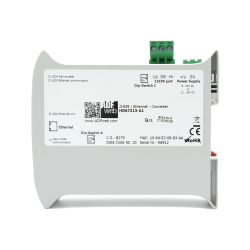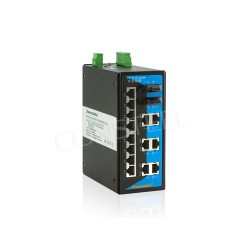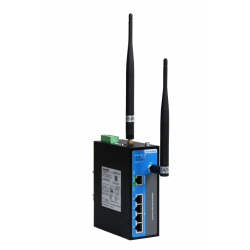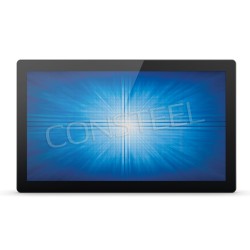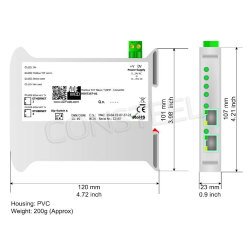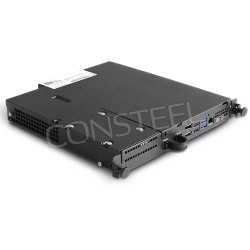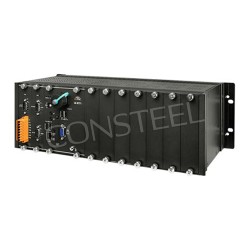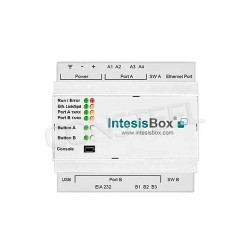What is an I/O module and what is it used for
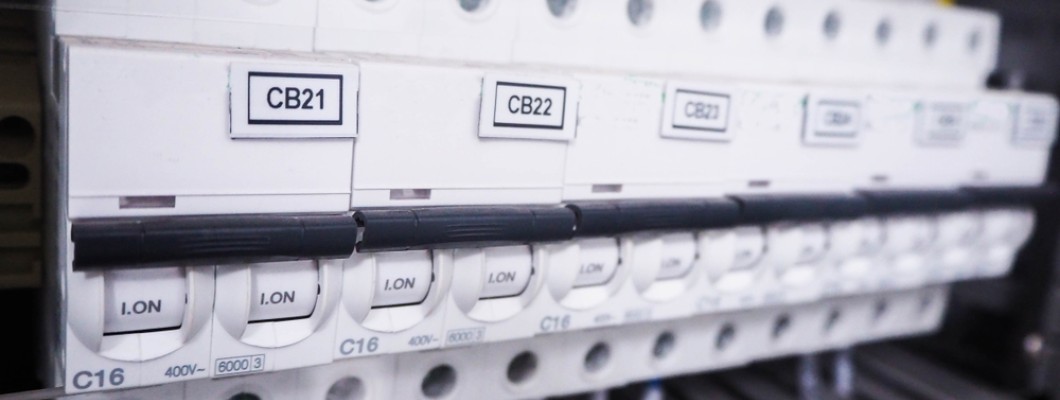
In the field of automation and control systems, input and output (I/O) modules play a key role as a bridge between the physical world and digital control systems. These modules serve as the interface through which sensors, actuators and other devices communicate with the control system, facilitating data acquisition, signal processing and control actions. So what is an I/O module, how does it work and its diverse range of applications?
What is an I/0 module - understand its operation
An I/O module, also known as an input/output module or interface module, is a hardware component designed to connect to external devices and sensors, converting analog or digital signals into a format that can be processed by a control system and vice versa. These modules typically come in a variety of form factors and support different communication protocols to meet different application requirements.
I/O module and its functions
Signal acquisition:One of the primary functions of the I/O module is to acquire signals from sensors and input devices in the field. These signals can include analog measurements such as temperature, pressure or flow rate, as well as digital signals indicating the status of switches, relays or shorted contacts.
Signal conditioning:In many cases, raw signals obtained from sensors must be conditioned or processed before they can be used by a control system. I/O modules often include signal conditioning circuitry to amplify, filter, linearize or isolate incoming signals, ensuring accuracy and reliability in measurement and control.
Data Conversion: Analog signals obtained from sensors are typically converted to digital format for processing by the control system. Conversely, digital control signals generated by the control system may need to be converted to analog signals to control actuators or analog output devices. I/O modules facilitate these data conversion tasks, ensuring compatibility between field devices and the control system.
Data transmission:After the signals are acquired, processed and converted, the I/O module transmits the data to the control system via a communication network. This network can use wired protocols such as Ethernet, Profibus or Modbus, or wireless protocols such as Wi-Fi or Bluetooth, depending on application requirements and environmental constraints.
Control Output: In addition to acquiring and processing input signals, input modules also generate output signals to actuate control devices such as motors, valves, relays or solenoids. These output signals can be in the form of digital signals (on/off) or analog signals (voltage or current), depending on the nature of the device being controlled.
I/O module applications
Industrial Automation:In industrial automation applications, I/O modules are used to connect to sensors, actuators and other field devices in manufacturing processes, providing precise control and monitoring of production equipment, material handling systems and industrial equipment.
Building Automation BMS:In building automation systems, I/O modules facilitate the integration of HVAC (heating, ventilation and air conditioning), lighting control, security and fire detection systems, enabling centralized monitoring and control of building facilities to improve energy efficiency, comfort and safety.
Process Control:In process industries such as chemical processing and water treatment, input/output modules play a key role in monitoring and controlling complex industrial processes, including temperature control, pressure control, flow measurement and level detection, to ensure optimal operation and safety.
Power distribution:In power distribution systems, I/O modules combine with sensors and protection devices to monitor electrical parameters such as voltage, current and frequency, enabling real-time monitoring, fault detection and load management for efficient and reliable power distribution.
Transportation systems:In transportation systems such as railroads, airports and seaports, input/output modules are used to connect to signaling systems, track switches, traffic lights and other infrastructure elements, facilitating the safe and efficient operation of transportation networks.
In summary, I/O modules are the backbone of modern automation and control systems, enabling seamless communication between the physical world and digital control systems. With the ability to acquire, process, convert and transmit signals, I/O modules enable organizations across industries to achieve more efficient, reliable and secure operations, paving the way to a more connected and automated future.













